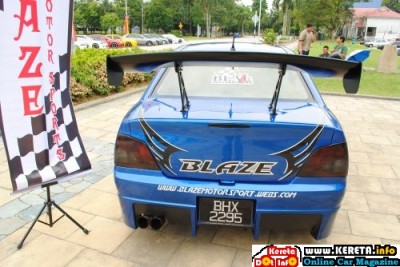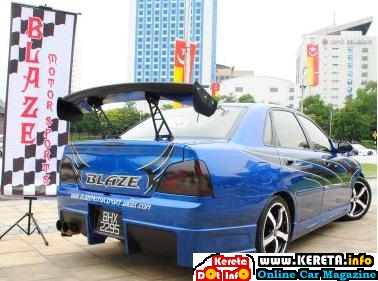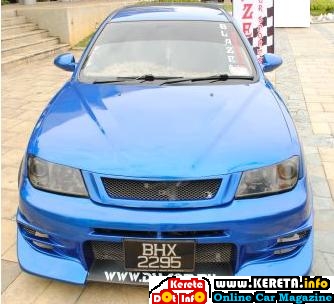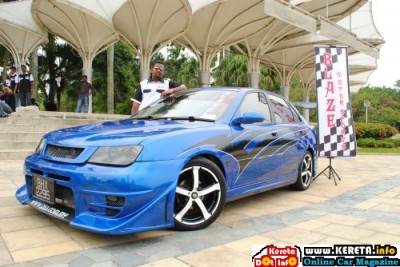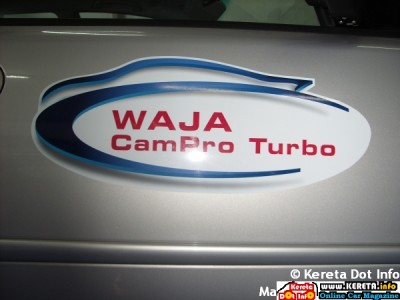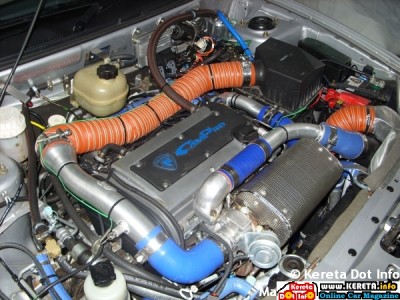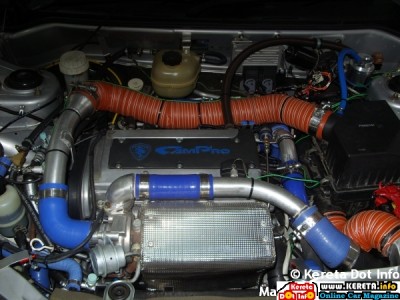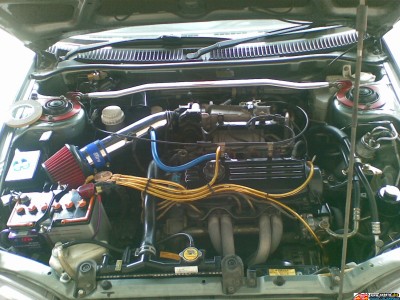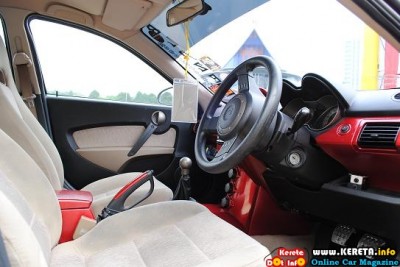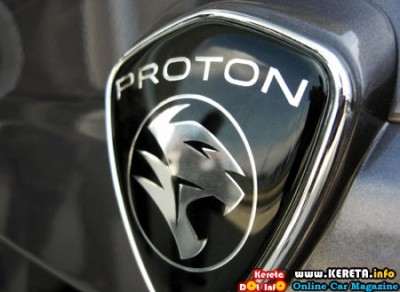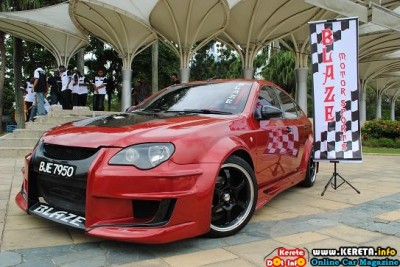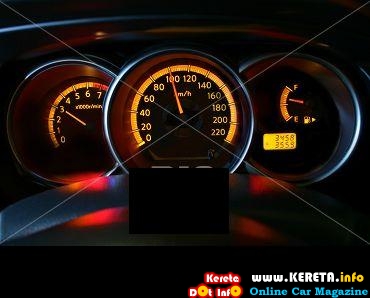GM could buy into Malaysia's Proton car
General Motors, the world's largest car maker, could buy a stake in Proton, the predominantly Malaysian state-owned car company that's seeking a partner to stem losses, a government official said.
GM had "shown interest" in Proton, Malaysian Second Finance Minister Nor Mohamed Yakcop said yesterday. Separate talks with Volkswagen and Peugeot Citroen were continuing, he said.
Proton ended a 21-year alliance with Japan's Mitsubishi Motors in March 2004 and is seeking a new partner to revive sales, which fell to the lowest in at least seven years in the September quarter.
GM is expanding in China, India and other Asian emerging markets as sales slump at home.
"GM can use Malaysia as an Asian platform and that's very positive for Proton," said Nik Azhar Abdullah, a manager at Avenue Asset Management. "If you have three big names who want to get involved with Proton, it's very good."
Proton shares jumped 10 per cent to 7.05 ringgit, giving the company a market value of R3.73 billion ($1.35 billion).
GM may offer as much as 10 ringgit a share, the New Straits Times reported on January 13. Malaysia's state investment arm Khazanah Nasional owns 43 per cent of Proton.
"The best partner is not necessarily the one that offers the highest price," said Sharifah Farah, an analyst at CIMB Securities Sdn. "Proton needs a partner that it can work with to achieve its objectives over the next 10 years."
Rob Leggat, a Shanghai-based spokesman for General Motors, said by phone that the company had held talks with Proton. He declined to say what was discussed and called the New Straits Times report "very speculative".
General Motors said in November 2000 it was in talks with Proton about forming an alliance in Malaysia, South-East Asia's biggest passenger car market. The discussions did not produce a partnership.
Proton is worth pursuing because of its share of the local market, said Graeme Maxton, managing director for Asia at Autopolis, an adviser to the Malaysian Government. Proton had 24 per cent of Malaysia's car market as of September 30, according to the Malaysian Automotive Association.
Proton said in November its loss grew to R250.3 million in the September quarter, from R154.3 million a year earlier.

 In addition to building a
In addition to building a 



